
Aleksandr Pavlovich Aleksandrov is a former Soviet cosmonaut and twice Hero of the Soviet Union.
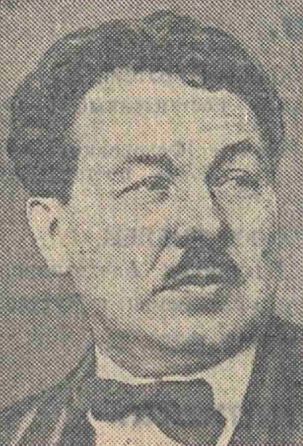
Aleksandr Mikhailovich Gerasimov was a Soviet and Russian painter. He was a leading proponent of socialist realism in the visual arts, and painted Joseph Stalin and other Soviet leaders.
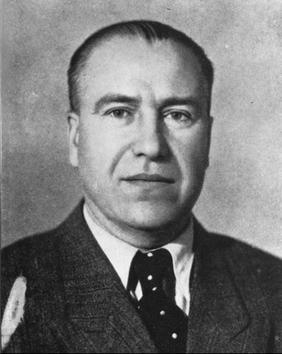
Aleksandr Aleksandrovich Deyneka was a Soviet Russian painter, graphic artist and sculptor, regarded as one of the most important Russian modernist figurative painters of the first half of the 20th century. His Collective Farmer on a Bicycle (1935) has been described as exemplifying the socialist realist style.

Andrei Sergeyevich Bubnov was a Russian Bolshevik revolutionary leader, one of Bolshevik leaders in Ukraine, Soviet politician and military leader and member of the Left Opposition.

Alexandr Pavlovich Zhdanov was a Russian avant-garde painter.
Fyodor Pavlovich Reshetnikov was a prominent Soviet painter. A preeminent practitioner of socialist realism, Reshetnikov was recognized by the government for his work and was a member for three and a half decades of the Soviet Academy of Arts. His creations are held in Russia's finest collections, including the Tretyakov Gallery (Moscow), the Russian Museum, the State Historical Museum (Moscow), and others.

Aleksandr Davydovich Drevin was a Latvian-Russian painter.

Aleksandr Viktorovich Bubnov is a Russian former professional footballer and a coach. After a short career as a coach, he has since become a radio, television and internet pundit working for the Russian website Sportbox.ru.
Vikentii Pavlovich Trofimov was a Russian painter.

Alexander Nikolayevich Samokhvalov was a Soviet Russian painter, watercolorist, graphic artist, illustrator, art teacher and Honored Arts Worker of the RSFSR, who lived and worked in Leningrad. He was a member of the Leningrad branch of Union of Artists of Russian Federation, and was regarded as one of the founders and brightest representatives of the Leningrad school of painting, most famous for his genre and portrait painting.
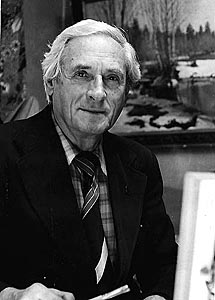
Vladimir Pavlovich Krantz was a Soviet Russian painter who lived and worked in Leningrad - Saint Petersburg and is regarded as one of the representatives of the Leningrad school of painting. He is most famous for his lyrical landscape paintings.

Mikhail Pavlovich Trufanov was a Soviet Russian painter and Honored Artist of the Russian Federation. He lived and worked in Leningrad and is regarded as one of the brightest representatives of the Leningrad school of painting, most famous for his portrait paintings.
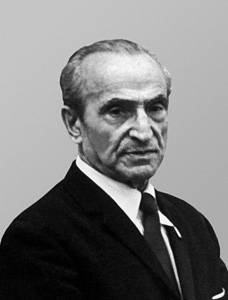
Ruben Agasievich Zakharian was a Russian painter, who lived and worked in Leningrad. He was a member of the Leningrad Union of Artists, and regarded as one of the representatives of the Leningrad School of Painting.
The year 1964 was marked by many events that left an imprint on the history of Soviet and Russian Fine Arts.
The year 1952 was marked by many events that left an imprint on the history of Soviet and Russian Fine Arts.

Bogdan Pavlovich Willewalde was a Russian Imperial artist, academic, emeritus professor of military art, and a fellow of the Imperial Academy of Arts.
Aleksandr Pavlovich Petrov was a Soviet-Azerbaijani basketball player and coach. He was one of the first very tall centers in Soviet basketball history. During his club playing career, Petrov won EuroLeague championships, in 1962 and 1963. As a member of the senior men's Soviet Union national team, he was voted to the All-Tournament Team of the 1963 FIBA World Cup. For his achievements in the sport of basketball, Petrov was awarded the Honored Master of Sports of the USSR and the Order of the Badge of Honor.
Alexander Pavlovich Kibalnikov was a Soviet sculptor.

Aleksandr Pavlovich Orekhov is a Russian football player who plays for FC Torpedo Moscow.
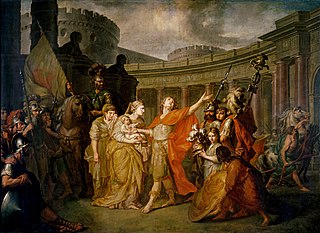
Farewell of Hector to Andromache is a painting by the Russian artist Anton Losenko (1737–1773), painted in 1773. The painting is held in the State Tretyakov Gallery. The dimensions of the canvas are 156.3 × 212.5 cm. The subject of the painting is linked to the account of the Trojan War as described in the Iliad, namely the farewell of Hector, the commander-in-chief of the Trojans, with his wife Andromache and their son Astyanax. The artist combines the theme of farewell to the family of the Trojan hero going to battle with the Greeks with the theme of patriotic exploits and civic duty.














